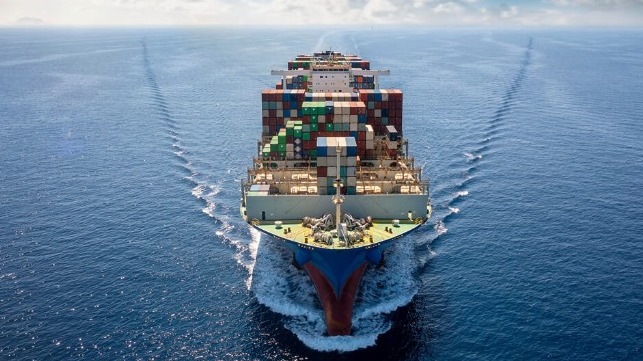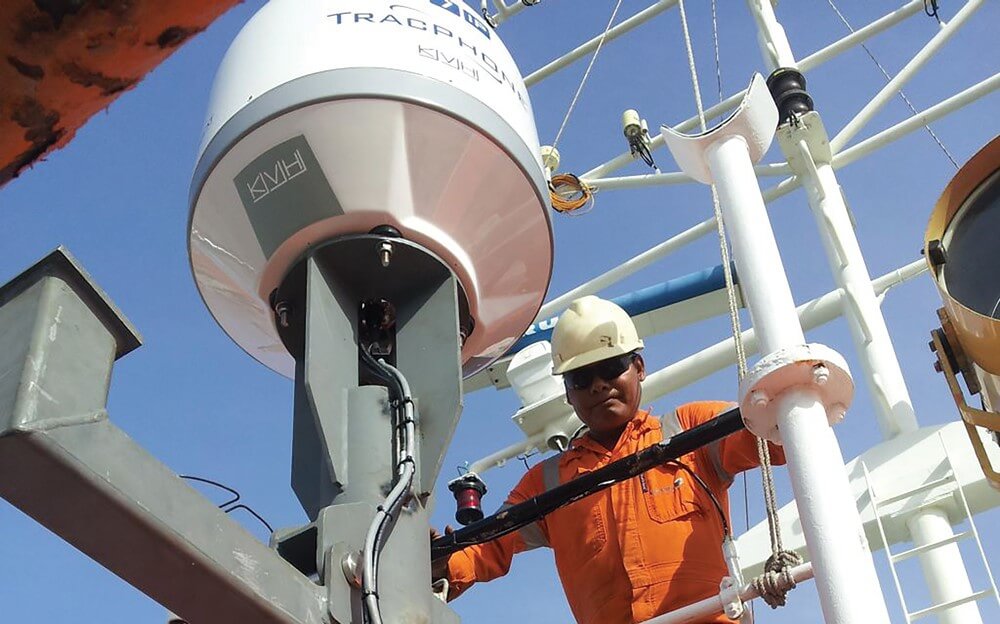VSAT and IoT Connectivity for Today's Commercial Fleets: How to Choose

Commercial maritime vessels are among the most challenging industrial platforms on Earth. As they transit deep sea lanes and the most unforgiving environments, owners and operators must prioritize the importance of consistent onboard, business-critical communications.
With satcom technology constantly improving, what was once used only for vital vessel operations is now expected to do more and support more. This expanded scope encompasses everything from voyage optimization and the Internet of Things (IoT) to fuel savings, crew communications, entertainment, compliance and training.
Fortunately, modern satcom technology is affordable and fast enough to satisfy these and other emerging applications and meet the needs of today’s digital vessel. However, it takes more than merely ensuring that a vessel is connected. Digital vessels need to be connected intelligently with dedicated, specific solutions for crew and operational connectivity as well as IoT connectivity to enable prioritized bandwidth for the most urgent needs and optimal cybersecurity protection.
High-speed maritime connectivity relies on Ku-band VSAT networks that go far beyond what is possible with legacy L-band networks. The fastest and most reliable VSAT networks feature high-throughput satellite (HTS) technology, which can provide consistent data speeds up to 20 Mbps download, and a multi-layered approach with more than one satellite covering any given region at the same time. That means a vessel that utilizes a Ku-band VSAT connectivity solution with HTS technology will have the bandwidth and data speeds for all applications to support their operational and crew welfare needs, including voyage planning, videoconferencing, security cameras, crew Internet access, and streaming HD content, all while at sea. These higher data speeds and the reliability of a multilayered HTS network are the starting points for digitalization, providing a vessel with the tools to increase operational efficiency.

Dedicated IoT connectivity—with a separate antenna system from the primary satcom system—is the other key consideration for digital vessels today. Vessels with a dedicated maritime IoT connectivity solution can separate IT (information technology) connectivity from OT (operational technology, which manages physical processes and the machinery used to carry them out) connectivity, a practice that is critically important for reducing cyber risks as recommended by the IMO. For maritime data analytics experts and shore-based service providers of major equipment systems, dedicated IoT connectivity with tools to manage raw data from any on-board system enables real-time decision-making for routing, safety, fuel consumption, and emissions. For critical machinery and software support while at deep sea, dedicated connectivity on a separate antenna also enables on-demand high-speed remote support video interventions that are prioritized and completely separate from crew Internet browsing.
Vessels can be on their way to reaping the benefits of advanced satcom technology with a VSAT connectivity solution from a single end-to-end provider, such as AgilePlans® by KVH, which features one monthly fee covering airtime, hardware, installation, maintenance, and more, so there is no upfront CAPEX. For dedicated IoT connectivity in addition to that primary satcom solution, a solution such as KVH Watch® is an all-inclusive, no-commitment choice for IoT and digital ship stakeholders to reap cost savings and performance benefits with real-time data flow while separating OT and IT. With no CAPEX and a simple monthly subscription, any IoT stakeholder can now have affordable IoT connectivity. The KVH Watch solutions include the ability to perform on-demand Remote Expert Interventions using video, voice, or text via KVH’s global HTS network, plus new Cloud Connect capabilities for bringing data from the vessel sensors to the cloud for easy cybersecure access and analysis.
This post is sponsored by KVH. Learn more about maritime IoT connectivity when you download your free copy of our dedicated connectivity white paper.
The opinions expressed herein are the author's and not necessarily those of The Maritime Executive.
